8 Steps to Activate your Light Body
 Wednesday, December 17, 2025 at 10:48AM
Wednesday, December 17, 2025 at 10:48AM -----------------------
Liara Covert, Ph.D
Insight of the Moment
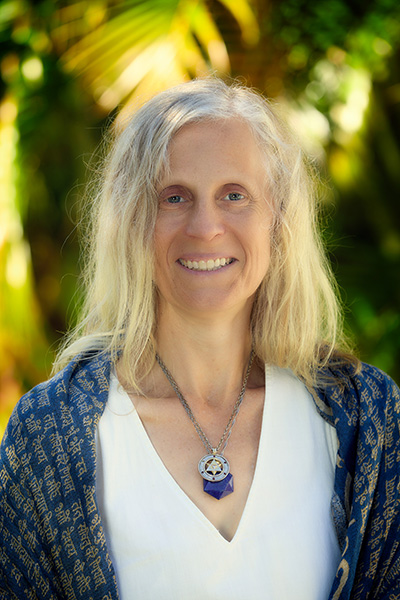
"Where to from here is shapes by your vision and will." -Liara Covert
Books
*Mastering Time
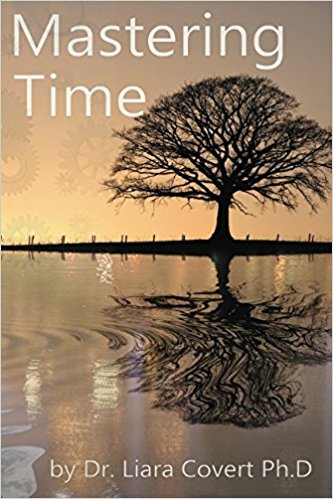
365 Paths to Love
Contact us (paperback)


Be Your Dream
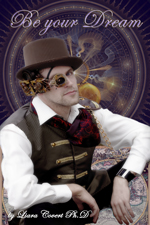
Transform Your Life
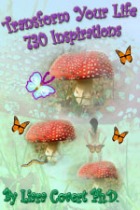
Cosmic Synchronicity
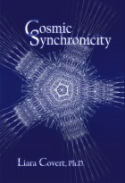
Self-Disclosure


 Wednesday, December 17, 2025 at 10:48AM
Wednesday, December 17, 2025 at 10:48AM  Friday, July 29, 2022 at 7:28AM
Friday, July 29, 2022 at 7:28AM  The five prana (vital energy) currents are the Vāyus ("airs" in Sanskrit; The Sanskrit word Vāta literally means 'blown'; Vāyu, 'blower' and Prāna, 'breathing' (note: the breath of life; the *an- in animate). To be aware of these currents and how they influence balance, imbalance is to gain valuable insight and pointers to sustain well-being.
The five prana (vital energy) currents are the Vāyus ("airs" in Sanskrit; The Sanskrit word Vāta literally means 'blown'; Vāyu, 'blower' and Prāna, 'breathing' (note: the breath of life; the *an- in animate). To be aware of these currents and how they influence balance, imbalance is to gain valuable insight and pointers to sustain well-being. Email Article
Email Article  Print Article tagged
Print Article tagged  air,
air,  asanas,
asanas,  balancing,
balancing,  breath,
breath,  breathwork,
breathwork,  heart,
heart,  pranayama,
pranayama,  secrets,
secrets,  vayus,
vayus,  wellness,
wellness,  yoga
yoga  Wednesday, April 18, 2018 at 9:11PM
Wednesday, April 18, 2018 at 9:11PM  Its common to create dreams and also very common to doubt or talk yourself out of them. What if you could realize the impossible more often? What if the steps are available to you now if you choose to take them? What if everything you think is pointing to or guiding you toward completely new, different and unforeseeable experiences, even the unthinkable experience of immortality?
Its common to create dreams and also very common to doubt or talk yourself out of them. What if you could realize the impossible more often? What if the steps are available to you now if you choose to take them? What if everything you think is pointing to or guiding you toward completely new, different and unforeseeable experiences, even the unthinkable experience of immortality?
1) Believe what you want is possible
The psychology of believing: this brings the vibration of possibility into your conscious awareness. As everything is energy, you must realize that your thoughts are energy and your every thought is creating your reality. We have to question the belief systems given to us by our societies in order to liberate ourselves from them in a practical way. This is about understanding why we come to believe in self-created limitations and taking steps to stop lying to ourselves. What if you could begin a 7-Day Kickstart Program to begin reclaiming control of your focus?
2) Make the unconscious death urge conscious
The philosophy of believing (or not): the idea exists that death is inevitable and also that death is optional. Realize every apparent obstacle, injury or illness you encounter relates back to the unconscious death urge. This is about what Leonard Orr calls Breaking the Death Habit. From the moment you believe in time, you exist in the conditioned idea your time (and life force/ body) is running out. Notice where you place your attention and how you reinforce your belief with thoughts, projections, and experiences. Fear-based vibration from within you can only be reflected back as materializing versions of fear (i.e. not getting, not being, not having- all versions of the illusion of separation).
3) Unravel what comes up to the surface
You have to work with the mind directly, learn to go inside yourself and root out all self-sabotaging, victimizing thoughts which you have about yourself. This begins in pre-infancy and infancy consciousness in this timeline, yet baggage may emerge from before and beyond too, if you are open to that. For now, in this life, body memories arise, get out of control and are reinforced consciously and unconsciously in our habits of living which develop into longstanding patterns. Your life is about decoding your patterns and correcting your misperceptions.
4) Stop believing in programming
Demonstrate our rational mind can change our emotional mind so then the emotional mind produces immediate results through our physical body. We have to take responsibility for the subconscious mind and make conscious changes. Genes are programs passed on genertion to generation. Insurance companies bet you will die of approximately the same age and symptoms of our same sex symptoms. Death occurs due to collective disbelief or ignorance of natural divinity (i.e Orthodox religions reinforce this), and our diet. Imagine what happens as you internalize The Science of Everlasting Life. Recognizing and overcoming this urge involves making the belief conscious, seeing through illusion of fear. People hide the possibility of immortality from themselves because they do not wish to take full personal responsibility for every aspect of their life.
5) Survive senility and aging
One view is that this is just a stage of the human condition. Yet when people believe death is inevitable and beyond control, there belief exists that this is the end. What if, this is not the end? What if this is simply a stage and a second childhood? What if senility has rejuvenation built in? Your own book of life comes up. If you read it, trace out cause and effect relationships, see the causes and effects, heal the causes, then the effects also change. Imagine stories about thriving centenarians is only a glimpse of what is and can be.
6) Activate your own Bio-circuitry
The basic guidance is keep surrendering to divine nature, view your body energy flowing (kundalini) or as points of light, allow these points as light to become responsive to your thoughts and feelings. See every experience as a pointer to your own divine light. Physicists see energy as points of light in form. Smallest point is thought which combine into points of light that can join. Every cell in the body emits photons. You have to be in an enlightenened state in order to literally illuminate the body to its true destiny. Some yogis do manage to do this without healing the emotional mind completely. Healing the emotional mind is the typical path to transform the body into light.
7) Recognize your connection to the cosmos
As consciousness awakens up through every chakra system, earth, air, water, fire, mind elements are intelligently interacting with each other. The spiritual practices involve bathing or cleansing regularly (purification), doing pranayamas (breathing consciously), interfacing consciously on different levels with each of these 5 elements. It may be said the highest mission is to recognize cosmic purpose and consciousness. You can relate all this to the process of mastering time, working your way through cleansing the chakras and energy bodies. Monk Thích Nhất Hạnh reminds us, "Breath is the bridge which connects life to consciousness, which unites your body to your thoughts."
